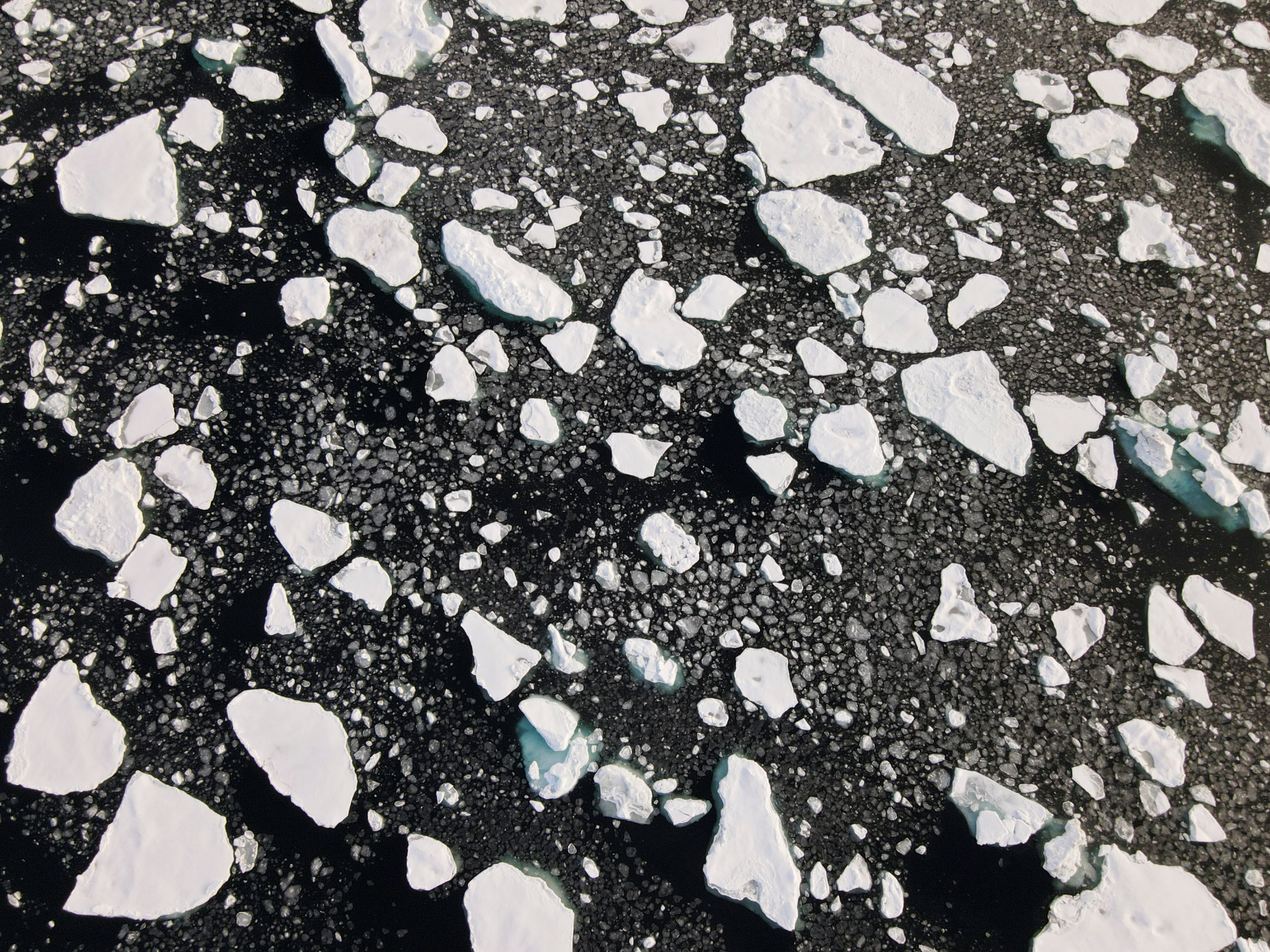The Northern Sea Route saw a record number of ships transit in 2020
The number of ships operating on some part of the route was up, too.

LONDON — Ships sailing through the Arctic region’s busiest lane along the Siberian coast made the highest number of trips on record this year as a quicker-than-expected melting of ice enabled more traffic, data showed.
The Arctic has warmed at least twice as quickly as the rest of the world over the last three decades and shipping activity has picked up.
Analysis by the Center for High North Logistics at Norway’s Nord University Business School showed there were 62 transits through the Northern Sea Route in the period to Dec. 9, versus 37 for the whole of 2019.
A previous year, 2013, is frequently cited as having a record 71 transits of the Northern Sea Route. But that data used a different definition, CHNL said, and included 31 voyages that did not cross the entire route from Novaya Zemlya to the Bering Strait.
“This year is considered to be the highest number of the full transit voyages,” Sergey Balmasov with CHNL told Reuters.
“We see favorable ice conditions in this navigation season as one of the reasons for the growth.”
The number of ships using the route rose to 331 vessels in the year to date, versus 277 for the whole of 2019, CHNL data showed.
The trade is driven by commodities producers — mainly in Russia, China and Canada — sending iron ore, oil, liquefied natural gas and other fuels through Arctic waters.
[IMO, Arctic states face criticism over a weak HFO ban]
The United Nations shipping agency last month approved a ban on the use of heavy fuel oil in the Arctic, but the move was criticized by green groups which said loopholes would allow many vessels to keep sailing without enough regulatory control over the region’s fragile ecosystem.
Environmentalists say HFO produces higher emissions of harmful pollutants, including sulphur oxide, nitrogen oxides, and black carbon.
“The region has seen comparatively little shipping traffic compared to other regions of the world, and the necessary environmental regulation to minimise the impact of increased shipping in the region is incomplete,” said Sian Prior, lead advisor at the Clean Arctic Alliance.
“Increased shipping will increase the risk of oil spills in the Arctic, but the remoteness and lack of infrastructure will make responding to an oil spill very challenging, if possible at all.”
CLARIFICATION: This story has been updated to clarify that 2020 saw a record number of full transits of the Northern Sea Route, with a higher figure often cited for 2013 using a different definition.